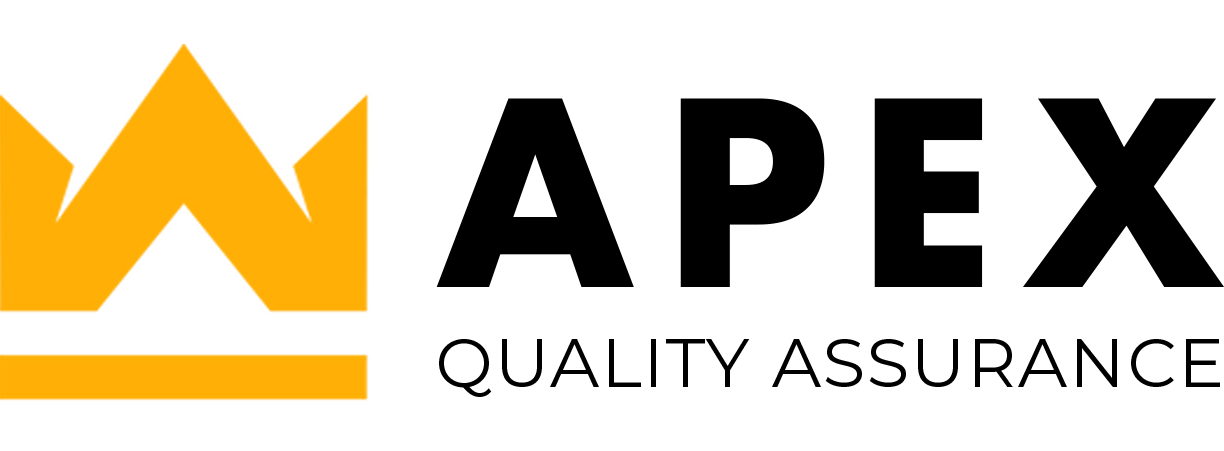The Whats, Whys, Dos, and Do-Nots Following an FDA Audit
Today, we’re taking a look at the role an FDA Form 483 observation plays in the world of a Medical Device company- what it is, where it comes from, what it leads to, and most importantly, how to prevent them in future visits.
What is an FDA Form 483?
An FDA Form 483 is a type of report issued by an auditing agent of the FDA. While not a warning letter or formal citation, this form’s purpose is to alert the organization to one or more issues that might later warrant consequences further down the road.
At the end of a visit performed by an FDA agent, they will distribute a copy of their findings to you. This document, known formally as an Establishment Inspection Report, details what specifically an organization needs to evaluate or change. There are three results of any given inspection, the next given steps differing for each.
- NAI (No Action Indicated) – The preferred result of any audit- it signifies there was nothing the agent objected to during their observations.
- VAI (Voluntary Action Indicated) – The tag associated with FDA Form 483. These are potentially minor fractions observed. When receiving the VAI designation, the attending agent will ask you what steps you plan to take with the observed gaps.
- OAI (Official Action Indicated) – Reserved for more egregious discrepancies. Further immediate action will be taken by the FDA. This will most likely result in the issuance of a Warning Letter.
An instance of FDA Form 483 is not a completely thorough appraisal of any quality system. Offering instead a surface-view look at the processes and personnel involved in the supply chain and manufacturing.
What Does an FDA Form 483 Entail?
An FDA Form 483 can identify one or several potential issues when it shows up at your doorstep. The scope of these observations is not limited to one specific manufacturing phase, as any one issue could jeopardize overall product consistency. Some of the most commonly found problems are as follows:
- Equipment issues: Miscalibrated instruments or gauges, potentially eliminating consistency control
- Supplier issues: the inability to qualify suppliers by documentation or by observation of raw materials
- Documentation errors: From suppliers to batch records to miscellaneous data entry, the manufacturing process must be thoroughly recorded
- Negligent personnel: These issues call attention to incorrect procedures and ineffective, previously implemented corrective action
For any organization, there may be circumstances external to the conventional guidelines that are legitimate grounds for objection. These reports exist to highlight potential discrepancies.
What Do I Do After Receiving an FDA Form 483?
All instances of Form 483 must be followed up on with the FDA within 15 days. Here, professionals either present corrective action taken against suggested gaps, or prepare documentation that vindicates individual exclusion from any one statute for further examination.
Failure to respond within 15 days could warrant an escalation of more dire consequences at the discretion of the FDA.
The name of the game for an FDA Form 483 is diligence- these observations are issued in the spirit of staying on top of issues before any real disciplinary infractions are incurred. These observations are opportunities in disguise- a window into the eyes of the FDA can be preventative if acted on correctly.
How Can I Prevent Future FDA Form 483s?
The key to alleviation from future FDA Form 483s is what all quality-based organizations should strive for: proactive, continuous quality management.
By performing several large-scale audits before the FDA agents show up, you stay on top of all manufacturing standards and personnel. Over time, knowledge of and guardrails within QMS for ISO standards can erode; technology ages, and employees settle into convenient routines. Staying vigilant about your processes, from start to finish, goes a long way toward preserving the right practices.
At APEX QA, we offer a wide selection of training in the Medical Device QA sector. Our training and professional database can help you tackle:
- Internal Auditing within ISO 13485 standards- a surefire way to equip your QA team with the same sharp-eyed skills the FDA agents use
- ISO 14971 Risk Management– a practical application course meant to educate trainees to attack problems at the source
- Connecting you with Exemplar-Global certified consultants to conduct mock audits and gap analyses, or to help you completely overhaul your QMS
Final Thoughts
Proactive solutions that protect consistency is the end goal for any QMS, regardless of an FDA agent becoming involved. In the Medical Device world, the safety of others hangs in the balance of the quality you oversee. Whether it be formal risk management training or educating yourself on the parameters of ISO 13485, you and your team are the first step in honoring the trust patients give medical professionals every day.
Contact us today to schedule training or to find out more about our consulting services.
Email Us: info@apexqualityassurance.com
Call Us: (919) 635-5581



